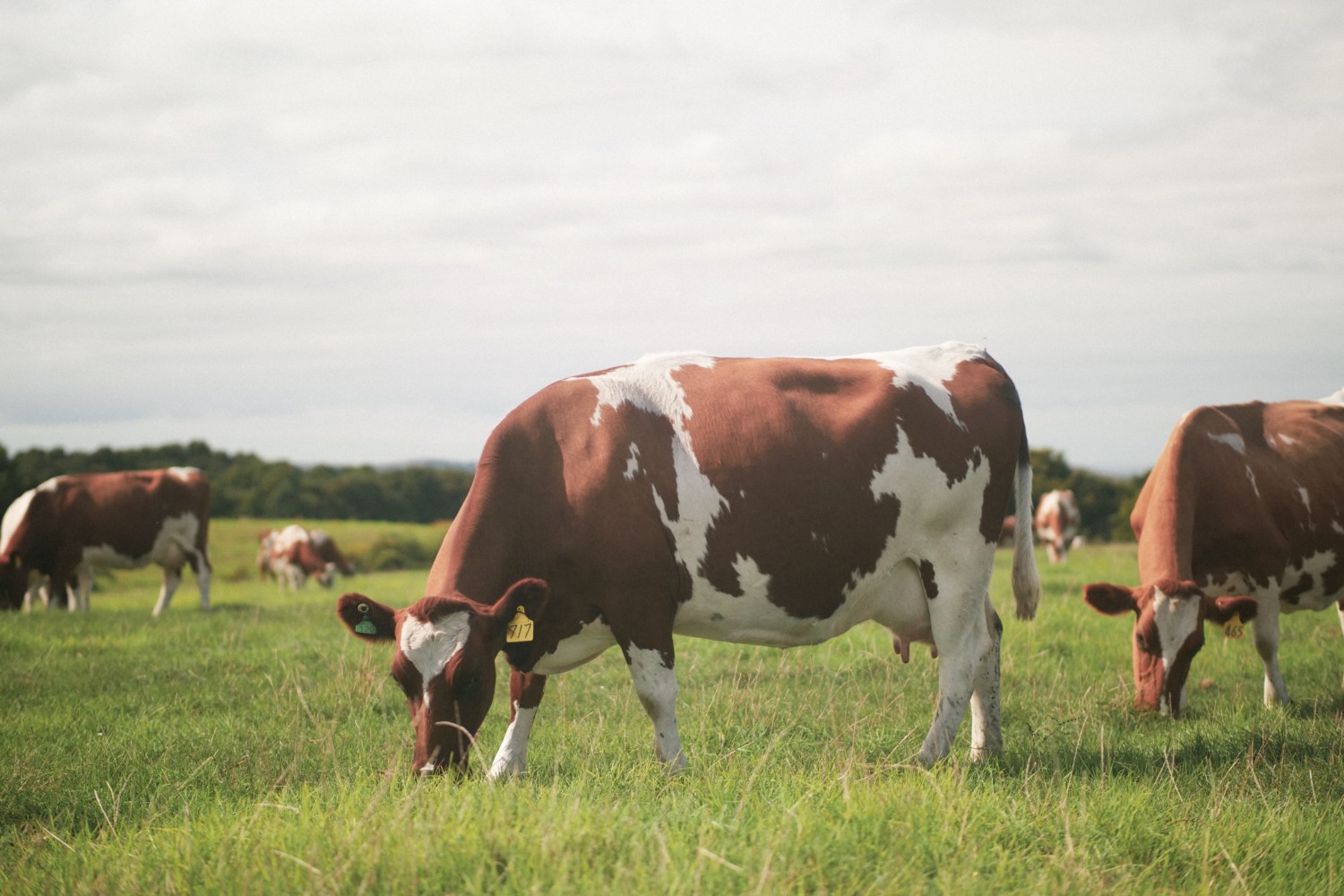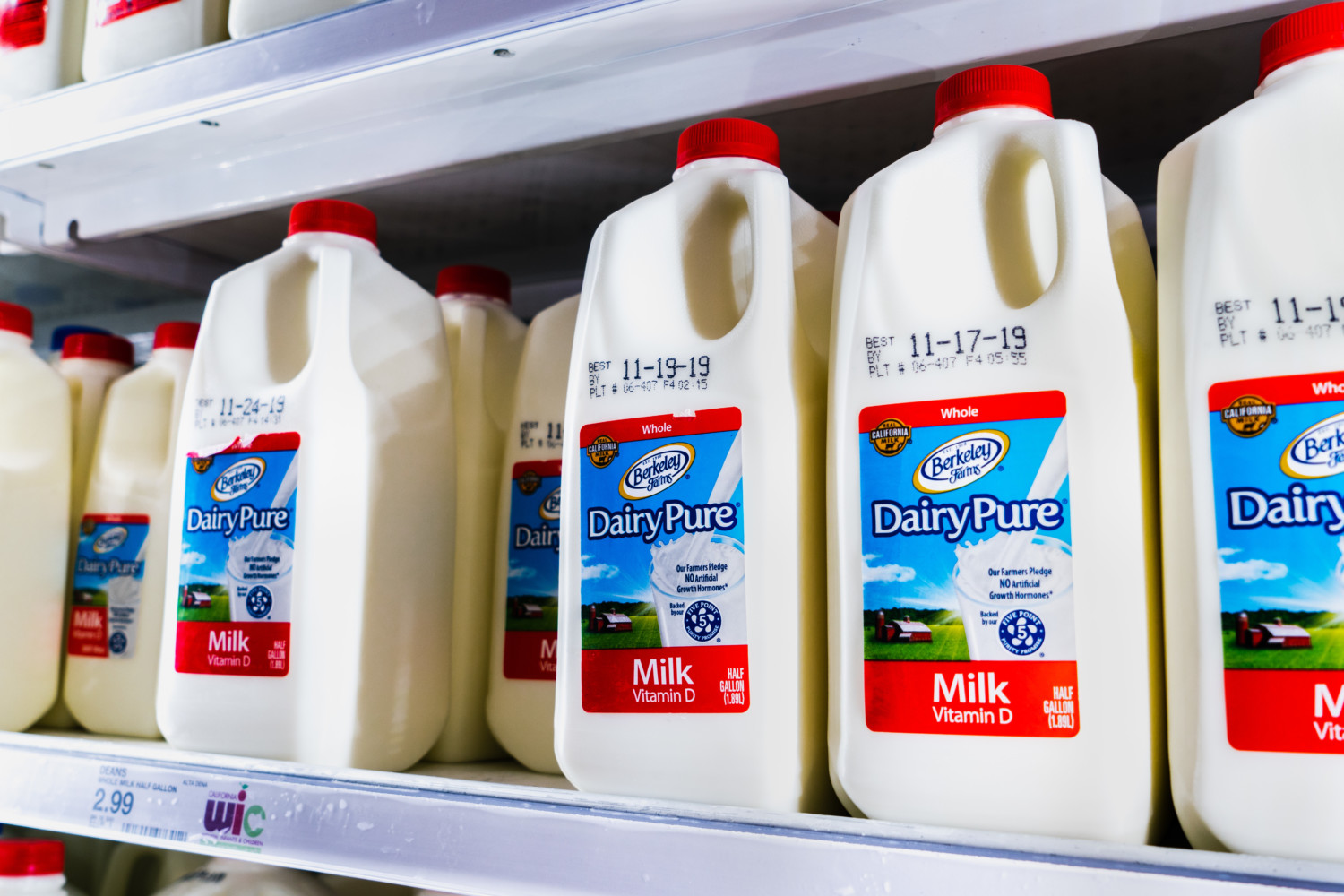When making comparisons at the grocery store between a gallon of conventional milk and a container of organic milk, you might notice that the “best by” dates are vastly different. So, what gives? Why does organic milk last longer? Is there something added to it that prevents it from going bad, something in regular milk that makes it sour more quickly or does it have something to do with shipping?
Comparing organic and regular milk (and looking at shelf-stable milk) can shed light on these different types of milk and help you decide which is best for your family.
What Is Organic Milk?
The difference between organic milk and conventional milk is primarily in the way dairy farmers raise, feed and treat the cows that produce the milk. In the U.S., milk can only be labeled with the U.S. Department of Agriculture Organic seal if the farm where it is produced complies with this set of regulations:
- The cows cannot be given hormones that stimulate milk production.
- The cow feed provided must be grown without synthetic pesticides or commercial fertilizers.
- Cows must be given access to pasture.
- The cows have not been given certain medications to treat illness.

Why Does Organic Milk Last Longer?
There is one other difference between regular and organic milk, and this distinction answers the question, “Why does organic milk last longer?” This difference is in the way that milk is pasteurized.
According to the Dairy Alliance, dairies pasteurize conventional milk using a standard method, heating the milk to approximately 160F for at least 15 seconds. However, they use ultra-high temperature (UHT) processing for organic milk, heating the milk to 280F for two to four seconds. This method kills more bacteria, resulting in a longer shelf life.
Part of the reason organic dairies use this method is that antibiotics are not used in the production of organic milk. But the other purpose is to provide more time to distribute the milk to retailers since there are fewer organic dairy farms across the U.S. By using UHT processing, producers can ensure that the products will reach store shelves without spoiling.
The downside of UHT processing is that it can affect the taste and consistency of the milk. For example, the milk might have a “cooked” flavor that is less rich and full-bodied than conventional milk is. And because the process burns some of the natural sugars in the milk, it can taste sweeter, which some milk drinkers find off-putting. In addition, ultra-high temperature processing destroys some of the vitamins, albeit not a significant amount, as well as proteins, rendering the product unusable for cheesemaking.

According to Consumer Reports, ultra-pasteurized milk has a shelf life of 40 to 60 days unopened, while conventionally pasteurized milk has a 15- to 17-day shelf life. That being said, consumers should drink or discard all milk within seven days of opening, regardless of the “best buy” date, according to the USDA. You can also freeze milk for about three months and thaw it in the refrigerator, but you should also consume it within a week.
This story originally appeared on Simplemost. Checkout Simplemost for additional stories.


